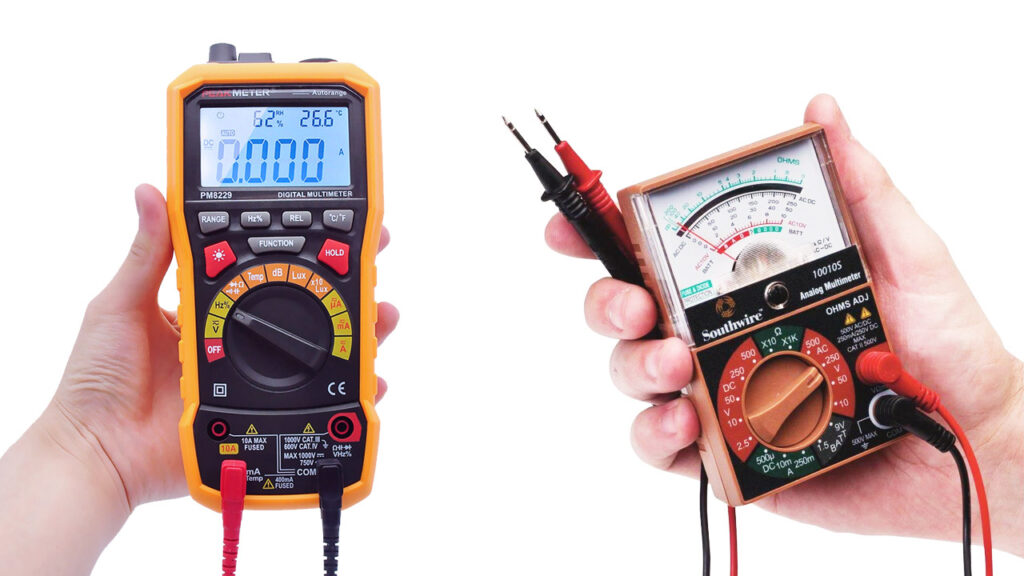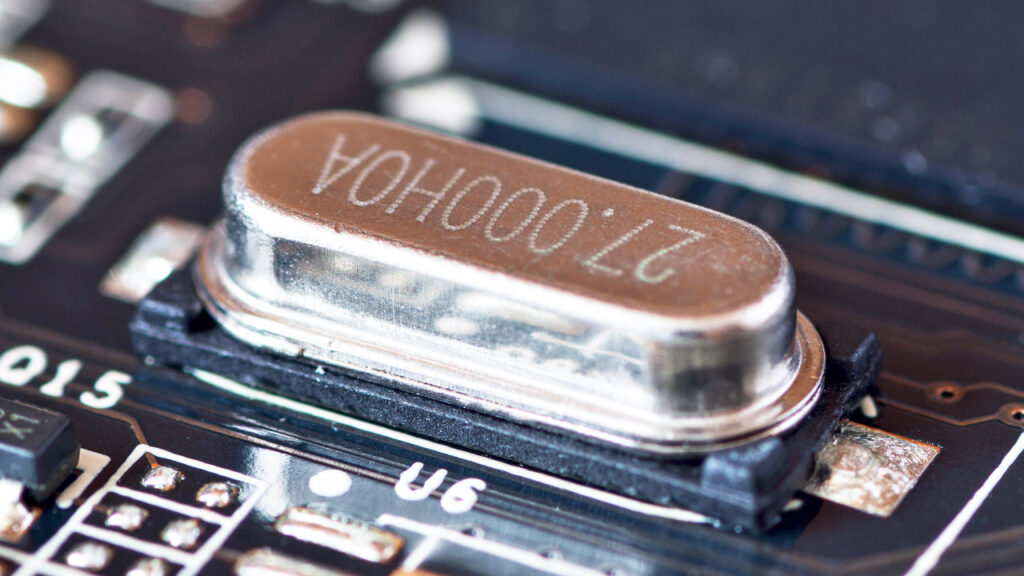What Is Calibration?
Calibration is a documented comparison of a measuring device to a traceable reference device. Calibration refers to the process that enables measuring instruments to produce outputs that provide high levels of accuracy and precision. The main purpose of calibration is to ensure the accuracy of measuring instruments and to minimize any measurement uncertainty that may arise.

Calibration is a documented comparison of a measuring device to a traceable reference device. Calibration refers to the process that enables measuring instruments to produce outputs that provide high levels of accuracy and precision.
The main purpose of calibration is to ensure the accuracy of measuring instruments and to minimize any measurement uncertainty that may arise.
When calibrating and comparing the two instruments, significant differences can be seen between the two. Adjusting the device is necessary to correct the differences. Although calibration is considered to include these corrections, adjustment is a separate process and is not included in calibration.
Although the calibration process differs from product to product, it is basically done with the help of one or more devices called calibrators. The reference calibrator used in the calibration process must have been calibrated to higher level standards. If the reference calibrator is not calibrated, the measurement is not considered reliable.
Measurement validity is extremely important for safety and quality. Calibration must be done to ensure that the measurements are valid. The accuracy of all devices degrades over time. For this reason, regulatory compliance requires regular calibration. Even if calibration is not mandatory, calibration should be done for the quality of the products produced and for the safety of employees and customers.
The calibration frequency depends on many factors. Therefore, there is no single correct answer to how often calibration should be performed. Criticality of measurement, manufacturer’s recommendation, stability history, regulatory requirements, and other things should be considered when determining the frequency of calibration.
Each device has a maximum allowable error rate, called the tolerance limit. If the measurement difference between the calibrated device and the calibrator is less than the tolerance limit, the calibration is considered successful, and if it is larger, the calibration is considered unsuccessful.
At the end of the calibration process, a comparison report called a calibration certificate is issued. The calibration report contains all information about calibration, such as comparison results, equipment used, environmental conditions.
For companies, calibration is a regular process and often mandatory. In order for the calibration process to be reliable, accredited calibration laboratories should be preferred. The ISO/IEC 17025 standard is applied to determine the competence of a laboratory to perform calibration tests.
Wherever measurements are important, calibration is vital. Accurate measurements are the foundation for the quality, safety and innovation of many of the products and services we use and trust every day.






